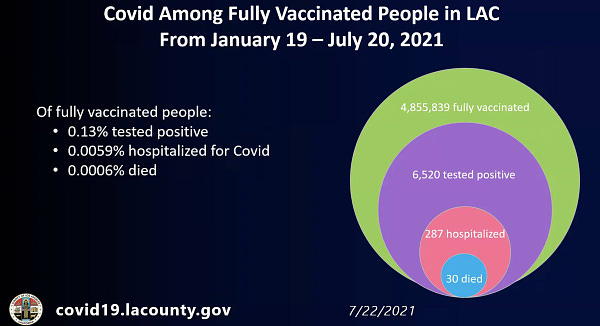
COVID, the CDC, and the Power of Narrative
We need clean, concise messaging on vaccination now more than ever.

Michael Lewis’s new book, Premonition: A Pandemic Story—a nonfiction thriller about the creation of a pandemic response plan in the United States during George W. Bush’s second term—and America’s ongoing response to the current pandemic—contains within it a timely and urgent reminder about the importance of narrative in convincing folks to do something they might not otherwise want to do.
It begins with a model. A theory of flu transmission whipped up by newly minted experts in the field demonstrates that children serve as veritable petri dishes for disease, packed together as they are in classrooms, on buses, and in lunchrooms. Kids bunch together at bus stops, rather than giving each other space. They sit three-to-a-row on the buses themselves. They’re jammed thirty to a class. A map of children in school looks more like a refugee camp than a workspace, we find. The kids then take the disease home to their families and it spreads. Shutting down schools and socially distancing kids, in particular, dramatically reduces the potential spread of the virus.
The 1918 flu epidemic that ravaged America and the globe was particularly nasty because it cut down the young and the healthy with what seemed like glee. And it was here that the experts realized the story they had to tell when demonstrating why schools needed to be among the first things closed if something similar happened today: use dead kids.
Show pictures of children who died during the pandemic. Show the bodies stacked like cordwood. Refute the notion that kids are better off in school—kept off the streets and away from crime; kept fed by school lunch programs—by showing they’re worse off dead. Remind the (mostly wealthy, highly educated) people they’re talking to that they’d pull their own kids out and that those who would suffer the brunt of the disease are the poor. You wouldn’t sacrifice your kids to the flu; why would you sacrifice these?
Simply put: It was a narrative people could understand.
What we’re seeing right now from the CDC about COVID, about masks, and about vaccinations is a narrative that no one understands.
Here is a simple narrative that makes great intuitive sense and has the added benefit of being true, as best as we can tell: “If you get vaccinated you have a small chance of catching COVID and virtually a nil chance of being hospitalized and dying, meaning life can go back to normal and you can stop wearing masks.”
Here is a description of the message actually coming out of the CDC that I do not think is uncharitable: “Everyone should get vaccinated because that will stop you from getting a serious case of the disease, and some vaccinated people who live in some areas can stop wearing masks, but other vaccinated people who live in other areas will have to keep wearing masks because we don’t want people who aren’t vaccinated, and seem hesitant to get vaccinated no matter what, to get bad cases of COVID and die.”
Now, if I’m not vaccinated I look at this messaging and I say, “Why would I bother getting vaccinated, the vaccinations don’t work and that’s why vaccinated people have to keep wearing masks.” It needs to be said very clearly: This is wrong. The uptick in cases, hospitalizations, and deaths we’re seeing in low-vaccination areas is vastly disproportionately hitting the unvaccinated. Consider these two charts:
There is a clear message here: “Vaccines work, vaccination means we can all stop masking, and if you choose not to get vaccinated and you die, that’s on you.” Some people will accept the risk of death. More people will get vaccinated as the virus surges. And while some will counter that kids are still vulnerable because those under 12 can’t get vaccinated, COVID’s narrative upends the flu pandemic narrative highlighted in Lewis’s book in a crucial way: Unlike the Spanish Flu, this is a disease that disproportionately does not impact the young, and the younger you are the less likely you are to catch it and the better off you’re likely to end up if you do happen to catch it.
Which brings me back to my point about narratives and confusion. As David Leonhardt put it today:
Clear messaging is one of the most powerful tools that public health officials have, but only when they use it. And the C.D.C. and the Biden administration did not do so yesterday. … More frequent masking in heavily vaccinated communities will almost certainly not make a major difference. The much larger problem is that more than 30 percent of eligible Americans have not been vaccinated.
If we want folks to get vaccinated, we need a narrative people can understand. And the only one that really makes sense is: “The vaccine is effective, it is safe, and if you get vaccinated you have a roughly zero percent chance of dying.” Let’s keep pushing this one instead of vacillating back and forth on mask mandates that few where I live are going to abide by anyway.












